Edward Martinez’s journey as a Sergeant with the 158th Infantry Regiment took him from his small town in Arizona to the jungles of Panama and through multiple engagements in the Pacific theater of WWII. He saw fierce battle in New Guinea and the Philippines, served alongside Navajo code talkers, and even met fellow Arizonan Ira Hayes, but what he remembered most from his time in the war were his fellow soldiers in the 158th Infantry Regiment—particularly those who perished while fighting the Japanese. The 158th, known as the “Bushmasters” after the snakes native to the Panamanian jungles where the men trained, was made up predominantly of Mexican Americans and members of the Pima and Navajo tribes from Arizona who proved their courage time and again in combat.
“We had a helluva time, but thank God we came back,” Martinez recalled while at a WWII veterans reunion in Washington, D.C., in 2004. Many of his friends lost their lives in the war and never returned home. [1]
The men of the 158th Infantry Regiment (Separate) witnessed brutal combat in New Guinea during Operation Lone Tree and later during the Philippines campaign. Their extensive training in the challenging tropical terrain of Central America made them a crucial element of Allied success in the Southwest Pacific. “No greater fighting combat team has ever deployed for battle,” commanding General Douglas McArthur noted of the 158th at the conclusion of the war, highlighting the skill and distinguished service of the men. Considering their pre-battle preparations and the dangers they faced in the Pacific, the 158th’s motto, “Cuidado,” or “Take Care,” was appropriate and reflects the unit’s connections to the American Southwest and the communities who called it home.
The War Department classified men like Martinez as “white” rather than “Hispanic” for the purposes of data collection and assignments during the war. Unlike the all-Nisei 442nd Regimental Combat Team and the 100th Infantry Battalion, or all-Black regiments like the 92nd Infantry Division, approximately 500,000 Latinos served in integrated units. Instead, units that were predominantly composed of Latinos reflected the communities where the men lived, including the 158th, which was originally part of the Arizona National Guard.
Legacy of the 158th Infantry Regiment
The 158th’s legacy stretches back to 1865, when men from the Pima and Maricopa tribes joined with Mexicans and white men to form the 1st Arizona Volunteer Infantry and defend the territory of Arizona against attacks from other indigenous groups. The 1st Volunteer Infantry underwent several redesignations as a state militia and later a unit of the National Guard that saw action on the Mexican border in the raid against Pancho Villa. In 1917, they were redesignated as the 158th Infantry after the United States entered World War I. The men of the 158th shipped out to France with the 40th Division in 1918 but did not see combat during their time in Europe. After the war, the 158th was demobilized and in 1924 was aligned with National Guard units from New Mexico, Arizona, and Oklahoma to form the new 45th Infantry Division.
Many Mexican Americans along with Native Americans from areas around the Southwest United States made up a large portion of the 158th. The regional roots of the 158th lent themselves to a unique culture that reflected the ethnic composition of Arizona and New Mexico. The unit’s motto, “Cuidado,” went back to the earliest days of the Arizona Volunteer Infantry, and the first iteration of its patch featured a Gila monster, a venomous lizard that is native to the Southwest. The regional connections among the men who largely came from Latino communities gave the 158th a special identity.
Louisiana Maneuvers
On the heels of mass mobilization in response to rising tensions in Europe, the War Department federalized the 158th in September 1940 and soon the “Cuidado” motto followed the men to training at Fort Sill, Oklahoma, and later the Louisiana Maneuvers in the late summer of 1941. Out of the more than 500,000 troops that participated in the two-month dress rehearsal for war, the 158th was selected to lead the initial advance of the 45th Division into Louisiana at the start of the exercises.
The 158th’s stellar performance during the maneuvers became a point of pride for the people of Arizona. Their regimental commander, Colonel J. Prugh Herndon, reported to the Arizona Republic that the men “behaved and fought like veterans” even though they were simply maneuvers. “I was never so proud of any outfit ever in my life,” Herndon said. “Our Arizona boys closed the maneuvers in a blaze of glory, surrounding two battalions of infantry, capturing more than 200 prisoners and a large number of arms and equipment, and taking the town of Mansfield, Louisiana.” Herndon also noted that it was the men from Arizona who captured Mount Carmel and in turn received a commendation from Brigadier General Raymond S. McCain, who said that “on one occasion, the Arizona troops held off a whole regiment of cavalry, 22 tanks, and a reconnaissance unit for an entire day.” [2]
The training the 158th received in the muggy Louisiana summer prepared them for their next assignment: departing from the Port of New Orleans for the jungles of Panama after the Japanese attack on Pearl Harbor. The men of the 158th joined Herndon once again alongside the Panama Mobile Force in January of 1942 to bolster the defense of the Panama Canal. When the team arrived in Panama, it was relieved from assignment to the 45th Infantry Division, fighting as a separate infantry regiment during the war. The 158th underwent rigorous training in jungle combat and soon encountered a new foe: the deadly bushmaster snake. The men battled the creatures daily, using their machetes in self-defense and declaring the reptile to be their new mascot on their unit’s patch. They kept their motto, “Cuidado,” but now referred to themselves as the Bushmasters.
Combat in the Pacific Theater
The newly christened Bushmasters were next ordered to the Southwest Pacific, where they experienced intense combat in key operations after arriving in Brisbane, Australia, in January 1943 and later moving through New Guinea. One of their most noteworthy encounters was against the Imperial Japanese 36th Division at the Battle of Lone Tree Hill near Toem, Dutch New Guinea, in May 1944. By that point, the 158th formed the base of a new Regimental Combat Team (RCT) with the 147th Field Artillery Battalion and was tasked with securing the Japanese-held area around Lone Tree Hill in order to capture a nearby enemy airfield.
The 158th’s advance was slow and difficult. They were met by the well-trained Japanese and were forced to fight against the enemy in hand-to-hand battle, suffering severe casualties before receiving orders from Herndon to retreat. Later, Lieutenant General Walter Krueger, commander of the Sixth US Army, focused his attention on the capture of the island of Noemfoor to cut off Japanese reinforcements from Biak Island. The 158th assisted by conducting amphibious assaults against Japanese forces before playing a key role in another operation: the Philippines campaign of 1944–1945.
On January 11, 1945, the 158th came ashore at Lingayen Gulf as part of the invasion of Luzon. Their mission was to secure Highways 3 and 11 that were key to Japanese resupplying and movement near the Damortis-Rosario area. The men encountered little resistance until they unwittingly entered an enemy trap. Japanese soldiers opened fire and the Bushmasters lost 20 men during the attack. Another 65 were wounded as part of what historian Jim Lankford and Bushmaster survivors themselves refer to as “Bloody Sunday.” [2]
But their casualties were not in vain. After linking up with the 63rd Infantry Division, the 158th pushed on with their advance. Fighting under heavy enemy artillery fire, the 158th and 63rd persevered and were able to assist the 172nd Infantry Division in securing the Highway 3/11 junction before capturing the area around Batangas and Bayalan. They continued to invade and secure the Bicol Peninsula. The 158th received a Philippine Presidential Unit citation for their valor in these missions.
From May 1945 through the end of the war, the Bushmasters patrolled the territory around Bicol. Though tapped for participation in Operation Downfall, the invasion of Japan, fortunately for the Bushmasters, the deadly invasion did not take place. Instead they found themselves on occupation duty at Utsunomya after the Japanese surrender.
During World War II, the 158th—which was deactivated in 1946 and later reactivated a year later as in the Arizona National Guard—suffered more than 1400 casualties. These are the soldiers Edward Martinez remembered when he spoke of his friends who lost their lives in battle and played a crucial role in an Allied victory in the Pacific. “Well, that’s life I guess,” Martinez stated in his interview, reflecting on his time in service. “We gotta keep defending freedom.”
The opinions expressed here do not reflect those of Air University, Maxwell Air Force Base, the United States Air Force, and the Department of Defense.
References:
[1] Edward Martinez Collection (AFC/2001/001/13808), Veterans History Project, American Folklife Center, Library of Congress, https://www.loc.gov/item/afc2001001.13808/.
[2] “State Troops Win Honors,” Arizona Republic, October 15, 1941, 24.
[3] Jim Lankford, “158th Infantry Regiment Unit,” On Point 23, no. 3 (Winter 2018), 25.
Stephanie Hinnershitz, PhD
Stephanie Hinnershitz is a historian of twentieth century US history with a focus on the Home Front and civil-military relations during World War II.
Cite this article:
MLA Citation:
APA Citation:
Chicago Style Citation:
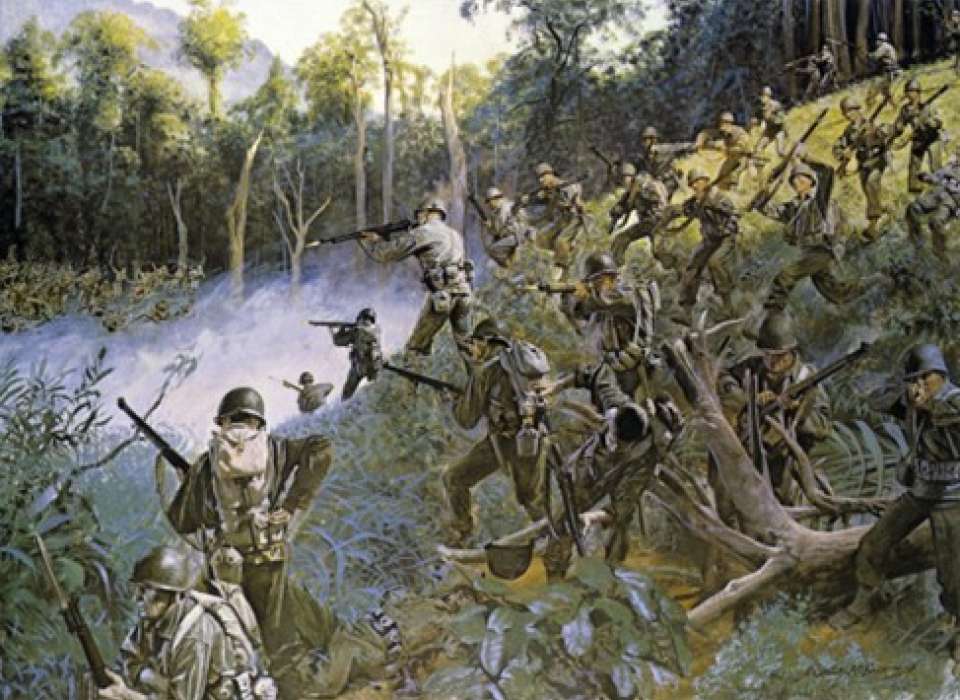
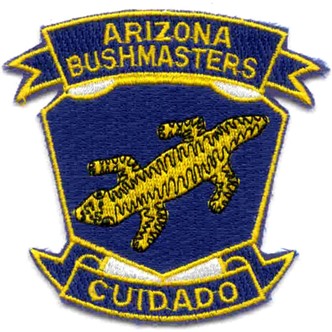
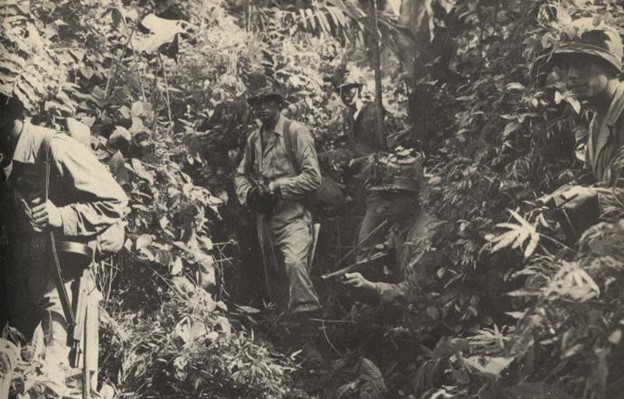
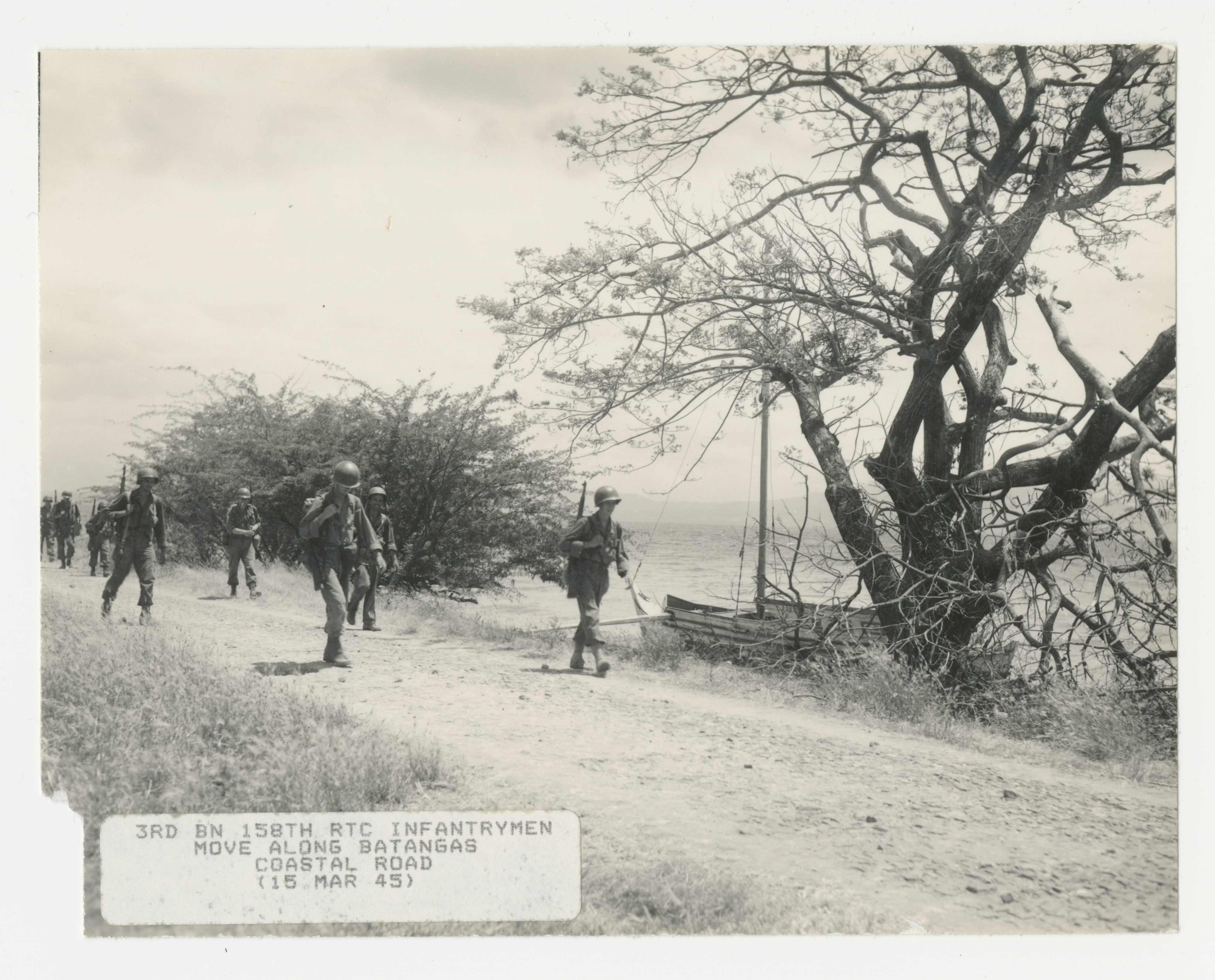
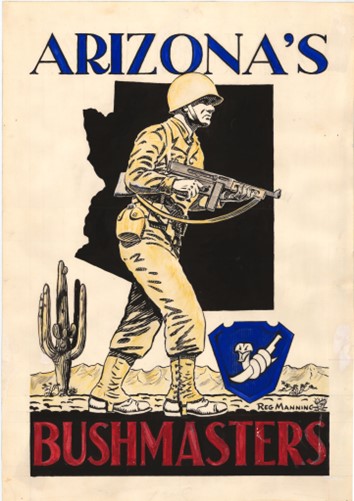
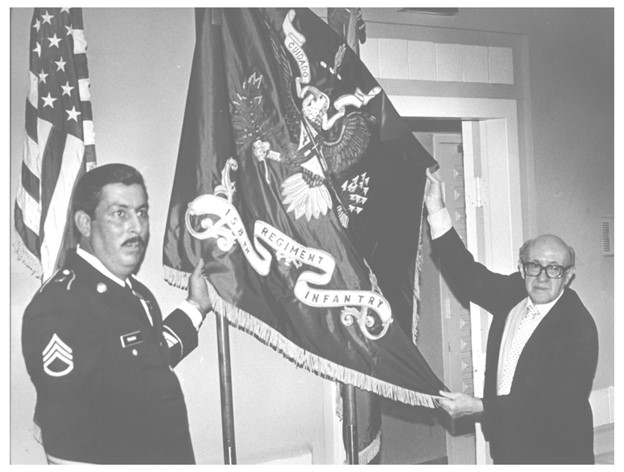

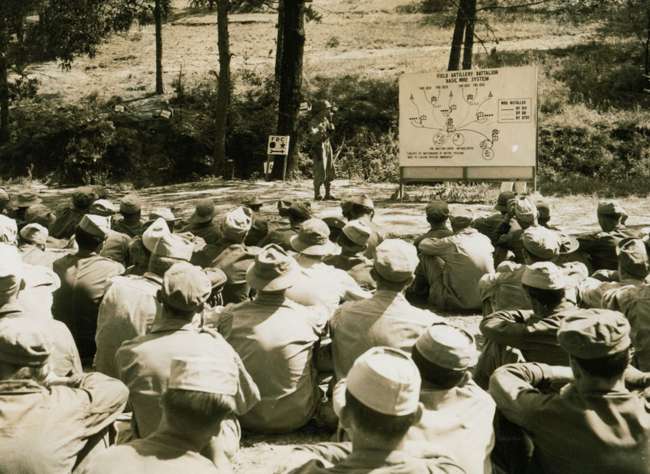
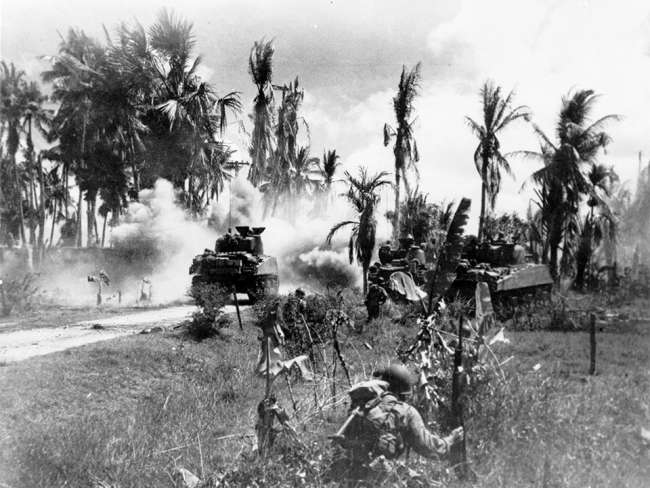





![Max Fuchs, New York City cantor, sings as Rabbi Sydney [sic] Lefkowitz, Richmond, VA, conducts the first Jewish services from Germany.](/sites/default/files/styles/max_650x650/public/2025-10/image1.jpg)

